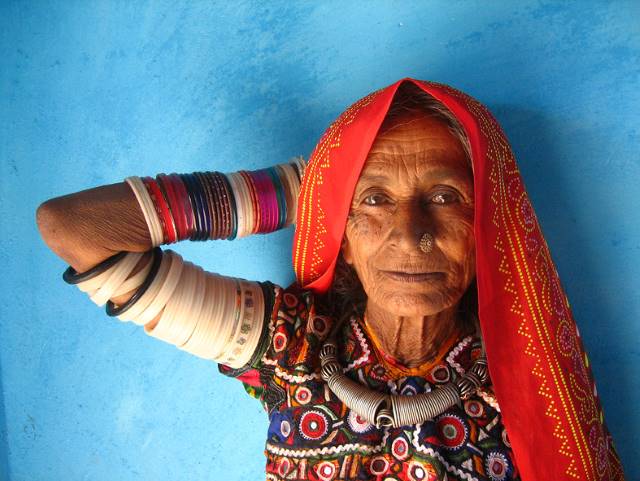 In 1997, a Kerala state project, recognizing the significance of channeling a significant, often underutilized demographic, began Kudumbashree, a widespread and comprehensive program that seeks to vastly reduce poverty and empower women at the same time. In a state of about 35 million people, Kudumbashree set out on a path to establish local, self-functioning levels of organization that could bring women together, provide access to resources regardless of education, economic status or caste and connect a willing workforce to new and old professional options, opening the future for Indian women across entire regions. In Malayalam, the local language of Kerala, Kudumbashree comprises two unique words, that when combined, translate to “prosperity of the family.” The structure, scale and significance of an enterprise like this is widespread and compelling, not just for one state in India but for an entire country and global community.
In 1997, a Kerala state project, recognizing the significance of channeling a significant, often underutilized demographic, began Kudumbashree, a widespread and comprehensive program that seeks to vastly reduce poverty and empower women at the same time. In a state of about 35 million people, Kudumbashree set out on a path to establish local, self-functioning levels of organization that could bring women together, provide access to resources regardless of education, economic status or caste and connect a willing workforce to new and old professional options, opening the future for Indian women across entire regions. In Malayalam, the local language of Kerala, Kudumbashree comprises two unique words, that when combined, translate to “prosperity of the family.” The structure, scale and significance of an enterprise like this is widespread and compelling, not just for one state in India but for an entire country and global community.
Kudumbashree: History and Goals
Kudumbashree is more than just one specific government program; rather, it is also a particular umbrella for cooperating efforts that fall under the jurisdiction of a unifying task force proposition known as the State Poverty Eradication Mission (SPEM). Kudumbashree and SPEM are interchangeable and the second has largely evolved into the first. By one definition, Kudumbashree is a charitable society; by another, it is a facilitator for work. All these descriptions are because of the fundamental and indispensable goal of a budding institution that secures a future for Indian women and their families. Though it may be ambitious and certainly easier said than done, Kudumbashree unabashedly seeks to “eradicate absolute poverty from the State over a period of 10 years.” Even if this goal has not been met yet, a significant amount of resources, community structures and cooperative dynamics have been put into place that brings Kerala closer to success every year.
Programs, Practices and Plans
A little less than half a century ago, Kerala’s poverty levels were at 59.74%. As of 2011 to 2012, that percentage dropped to 11.3%, less than half the national average. A wide range of factors led to this drastic and fortuitous decline and focused public attention and effort have been key among them.
Kudumbashree utilizes the role of the public in a particularly localized, community-centered way, as evidenced by the principal three-tier system the program uses. The three levels in the framework, in order of smallest to largest in terms of local duties, are “Neighborhood Groups,” “Area Development Societies,” and “Community Development Societies.” These hierarchies build upon each other and provide for different prioritizations of tasks.
For instance, Neighborhood Groups are small units with typically less than 30 women members. They meet frequently and are essential in the disbursement of microloans, which the members often save and distribute among themselves. At district-spanning Community Development Societies, more administrative concerns are paramount, such as directing state-financed aid or liaising with governmental bodies. A future for Indian women among Kudumbashree means support and access, not only from the local bodies but from fellow female members of their community.
The Future for Kerala’s Women
At over four and a half million Neighborhood Group members, Kudumbashree spans villages, towns and cities, but more importantly, with every notable award and new business enterprise, it raises greater national awareness. With agribusiness ventures alone, Kudumbashree boasts 778 units serving communities and expanding constantly. The future for Indian women is diverse and full of opportunity, and thanks to initiatives like Kudumbashree, the future is locally-led and integrally focused on the capacities of all people, regardless of gender.
– Alan Mathew
Photo: Flickr
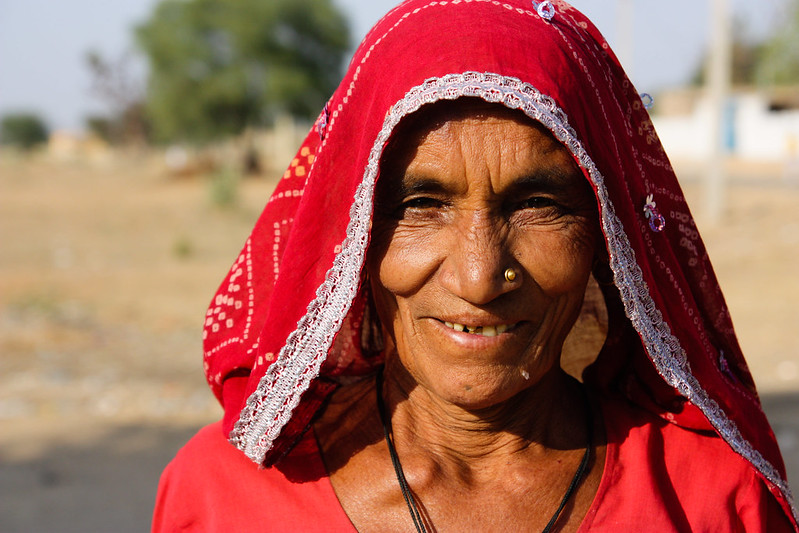 India has its own form of racism. We refer to it as “Casteism.”
India has its own form of racism. We refer to it as “Casteism.” 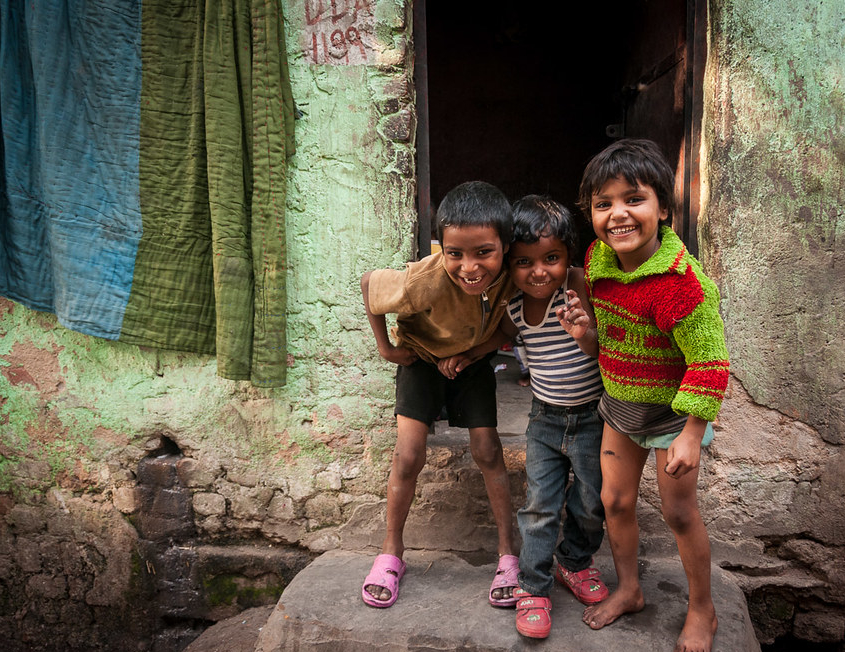 For years, India has struggled with high rates of extreme poverty, as well as mass amounts of corruption within its economy and government. This has created a cause and effect cycle of poverty: creating easy access for corruption while corruption in government preventing a significant change in poverty. As a result, there has been very little change in the socioeconomic standing of many Indians, and foreign aid may seem like a futile attempt to rectify an impossible situation. However, foreign aid is critical to fighting poverty and corruption in India. And investments from the United States will have a promising profound effect on both countries.
For years, India has struggled with high rates of extreme poverty, as well as mass amounts of corruption within its economy and government. This has created a cause and effect cycle of poverty: creating easy access for corruption while corruption in government preventing a significant change in poverty. As a result, there has been very little change in the socioeconomic standing of many Indians, and foreign aid may seem like a futile attempt to rectify an impossible situation. However, foreign aid is critical to fighting poverty and corruption in India. And investments from the United States will have a promising profound effect on both countries.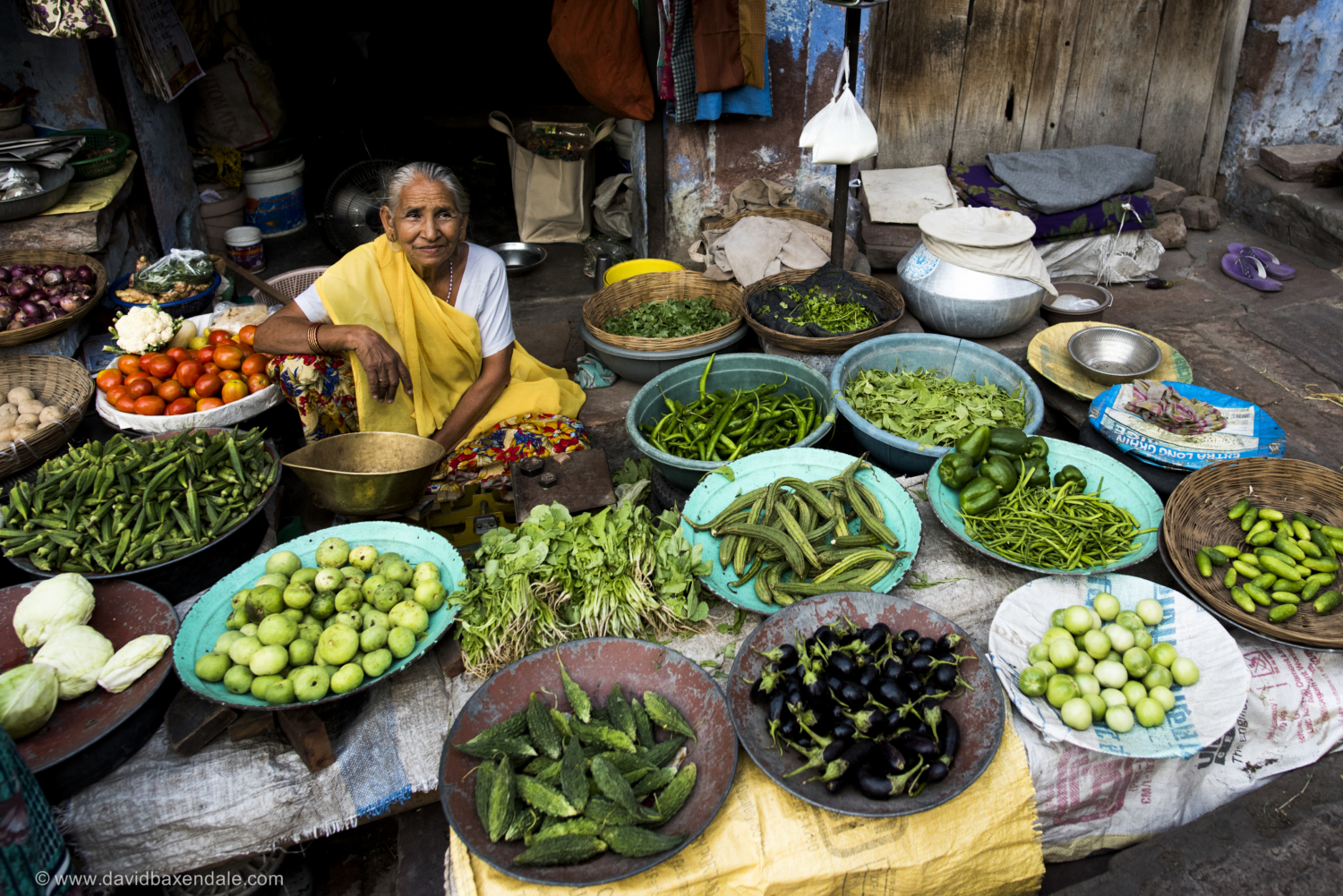 Across the world, agriculture remains one of the
Across the world, agriculture remains one of the  Mobile banking is a clear step toward financial literacy and freedom. It allows users to access and manage accounts without needing physical access to a bank. It is a huge asset and accepted norm in countries like the United States, where it is used by over three-quarters of the population. By 2021, there will be an estimated 7 billion mobile banking users. But in countries where much of the population doesn’t have access to financial institutions, mobile banks presents an option that allows users to gain the financial freedom they wouldn’t otherwise have. Traditionally, without access to banks, there is no access to bank accounts. This makes it not only difficult to save and protect money but also nearly impossible to access loans. Below are three countries where going mobile improves financial inclusion.
Mobile banking is a clear step toward financial literacy and freedom. It allows users to access and manage accounts without needing physical access to a bank. It is a huge asset and accepted norm in countries like the United States, where it is used by over three-quarters of the population. By 2021, there will be an estimated 7 billion mobile banking users. But in countries where much of the population doesn’t have access to financial institutions, mobile banks presents an option that allows users to gain the financial freedom they wouldn’t otherwise have. Traditionally, without access to banks, there is no access to bank accounts. This makes it not only difficult to save and protect money but also nearly impossible to access loans. Below are three countries where going mobile improves financial inclusion.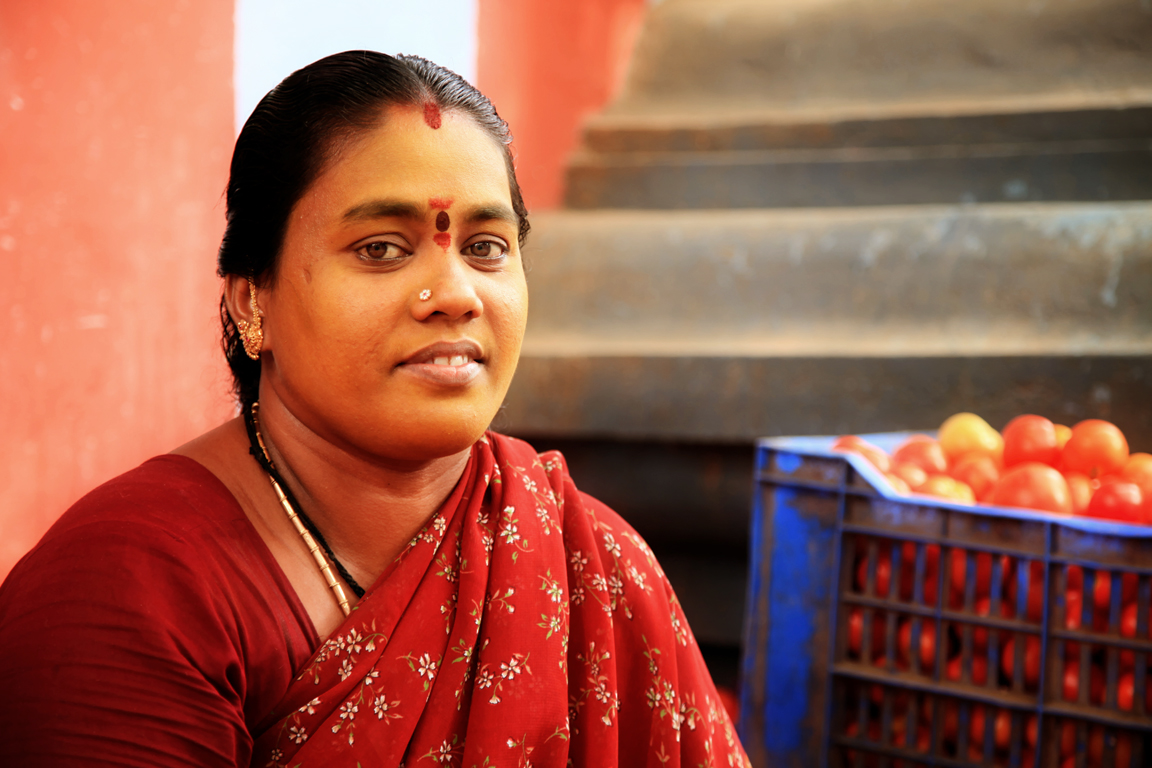
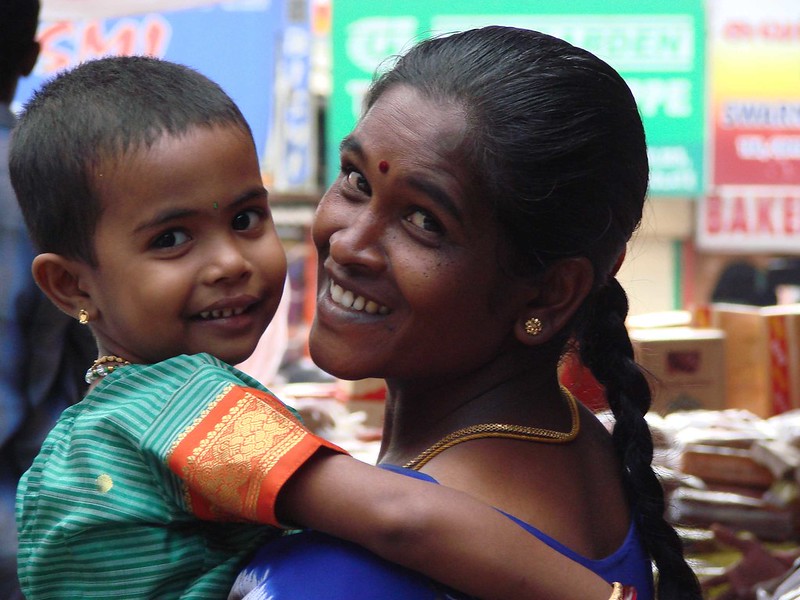 The South Indian coastal state of Kerala has a population of over 35 million people and a large expatriate population. The state reported its first COVID-19 case in January 2020. Kerala’s response to COVID-19 included
The South Indian coastal state of Kerala has a population of over 35 million people and a large expatriate population. The state reported its first COVID-19 case in January 2020. Kerala’s response to COVID-19 included 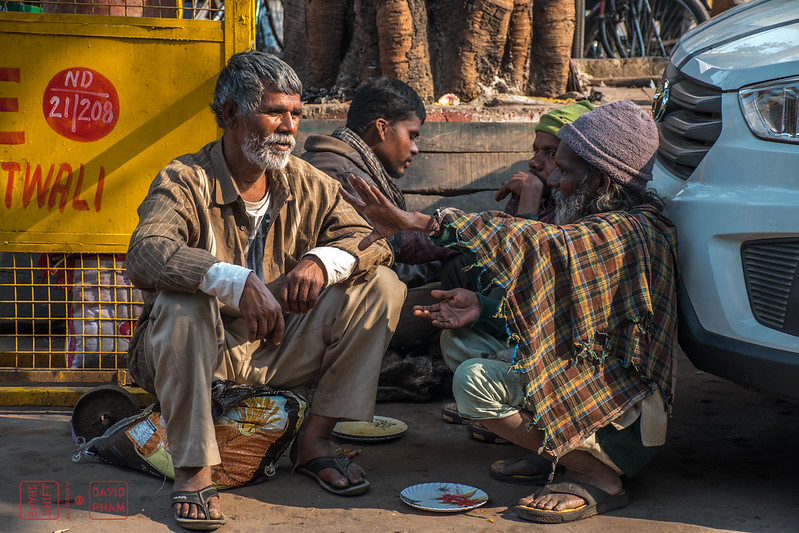 As the effort to contain
As the effort to contain 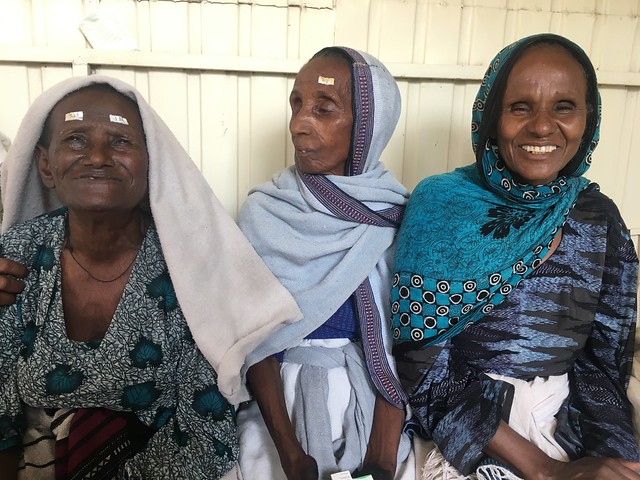 In 1995, Dr. Geoff Tabin and Dr. Sanduk Ruit launched the
In 1995, Dr. Geoff Tabin and Dr. Sanduk Ruit launched the 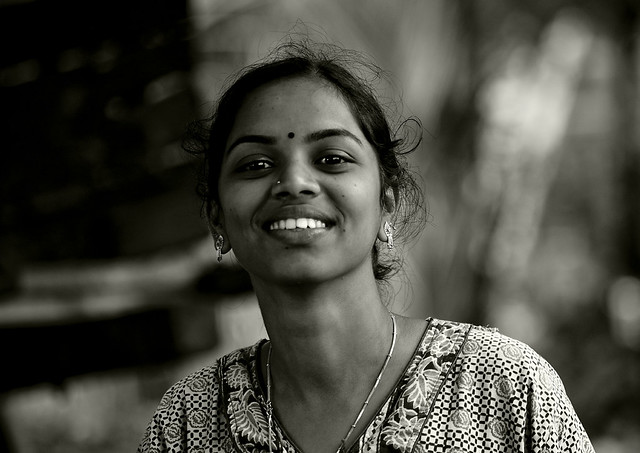 Whether wealthy or poor, the women of India are proud of their heritage and embrace their unique culture. One of the most noticeable components of Indian women’s culture is the bindi. While the rest of the world views it as a simple accessory, this tiny dot that sits in the middle of the woman’s forehead is a key element of reflecting Hinduism. Today the bindi is capable of being more than a religious adornment.
Whether wealthy or poor, the women of India are proud of their heritage and embrace their unique culture. One of the most noticeable components of Indian women’s culture is the bindi. While the rest of the world views it as a simple accessory, this tiny dot that sits in the middle of the woman’s forehead is a key element of reflecting Hinduism. Today the bindi is capable of being more than a religious adornment. 